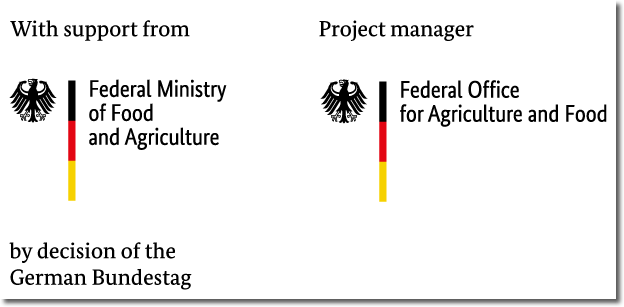
About
FoodSAMSA
FoodSAMSA is a three-year project that aims to address malnutrition in all its forms, including undernutrition, micronutrient deficiencies, unhealthy diets and obesity, by assessing its determinants and by exploring interventions at the macro (policy), the meso (community) and the micro (interpersonal) level.
As part of the project, we will
adapt existing approaches for assessing and improving food environments to circumstances that are typical of countries facing a double burden of over- and undernutrition
implement them in South Africa, and
strengthen capacities and expand existing regional networks to support food environment and food systems research and action across Sub-Saharan Africa
We will conduct participatory research to develop models of different parts of the South-African food system and pilot and evaluate interventions to improve local food environments. Furthermore, we will use integrated knowledge translation methods to liaise with a range of stakeholders, including policymakers, business and civil society actors, and thus maximize the practical and policy impact of our research.
Background
Malnutrition in all its forms is a key risk factor for premature death and disease worldwide. The various forms of malnutrition include undernourishment, specific micro- and macro-nutrient deficiencies, unhealthy diets and overnutrition, as well as related conditions such as stunting, wasting, and overweight and obesity. Approximately 20% of the burden of disease and of all premature deaths globally are attributed to nutritional risk factors, including malnutrition and unhealthy diets. In many low- and middle-income countries, the different forms of malnutrition coexist and interact, both within households and communities and over the life course of individuals. The term double burden of malnutrition has been coined to describe this phenomenon. The double burden of malnutrition is therefore an example of a syndemic, i.e. a set of epidemics that co-occur in time and place, interact in complex patterns, share common systemic drivers and require concerted and coordinated responses.

